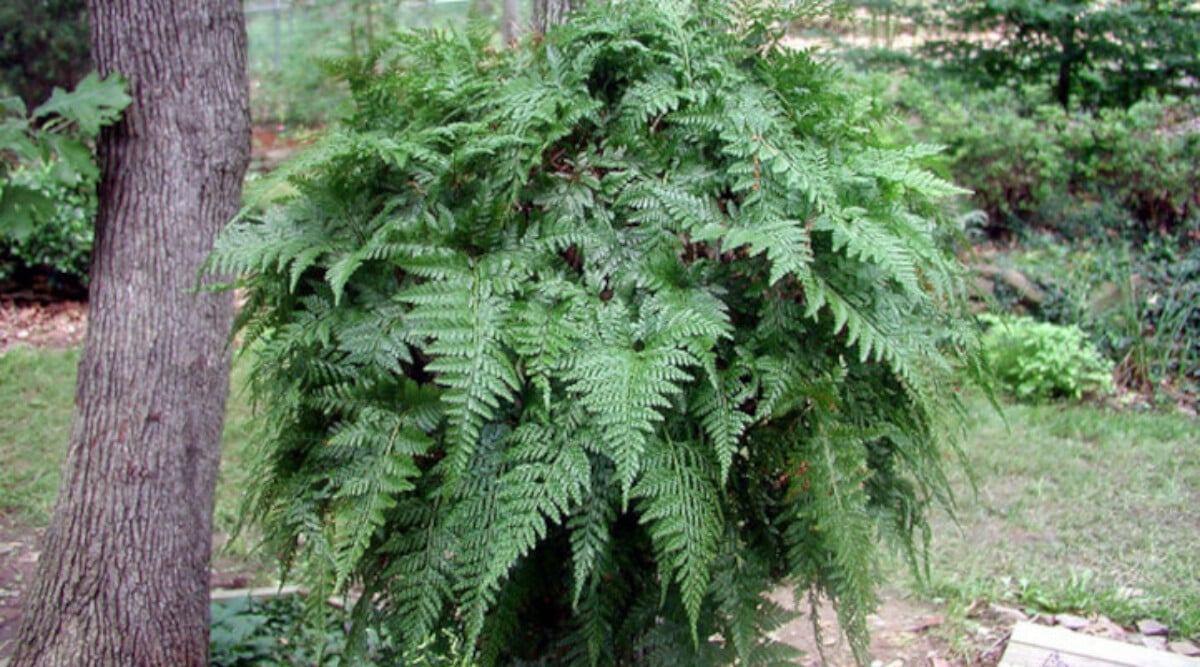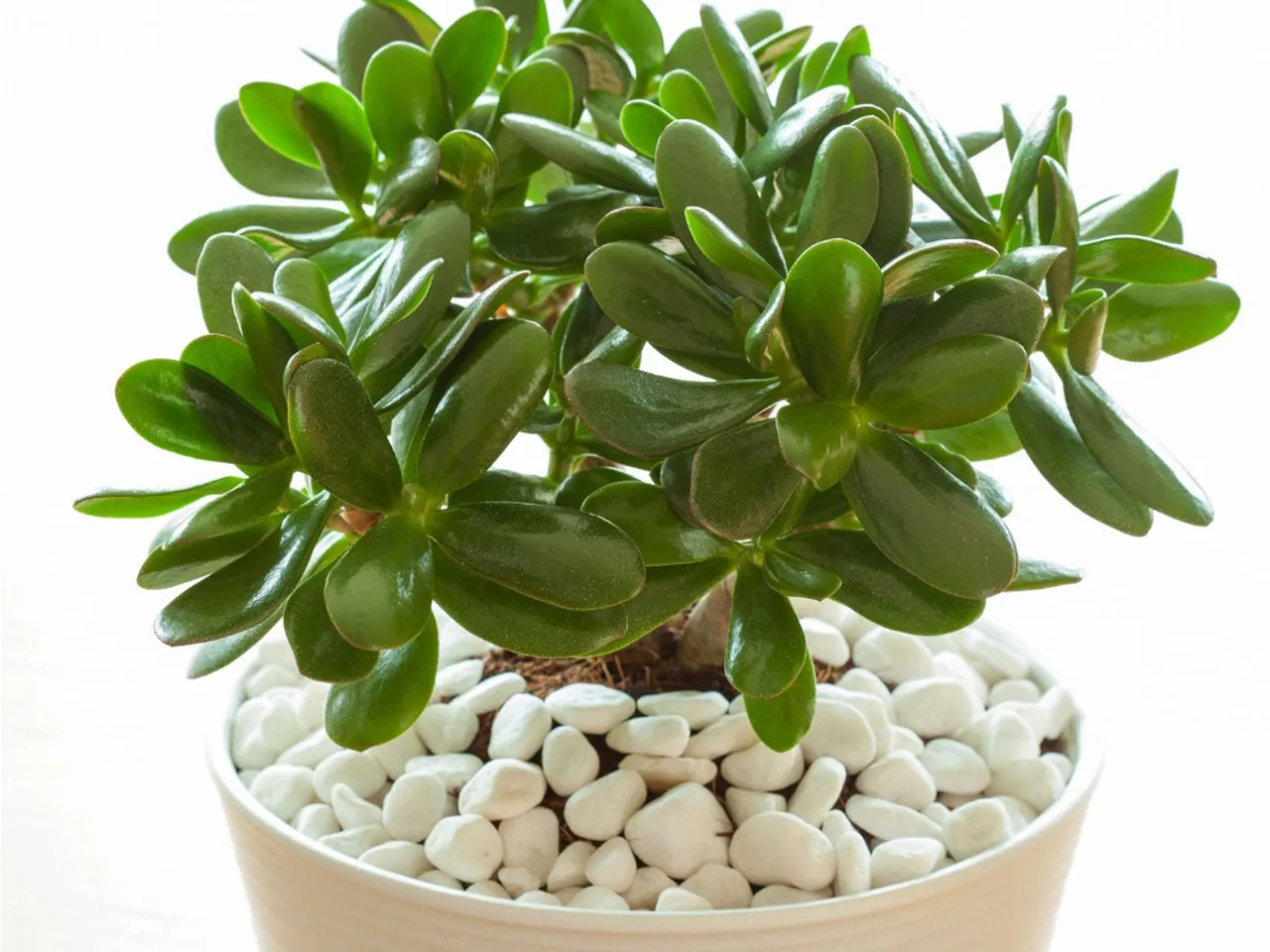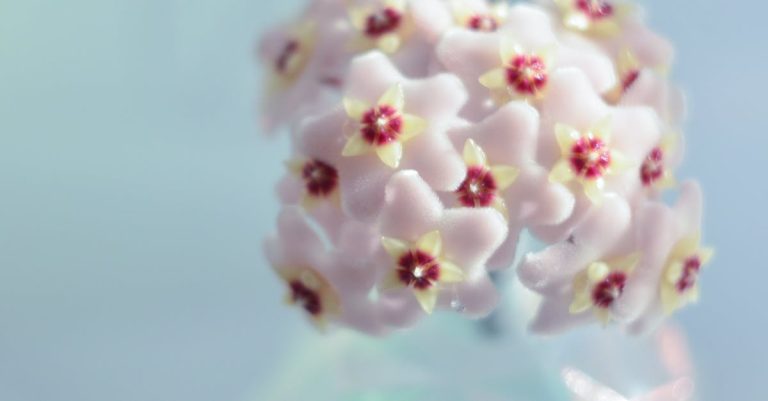How To Care For Rabbit’s Foot Fern (Davallia fejeensis)
How to Care for Rabbit’s Foot Fern (Davallia fejeensis): A Detailed Guide
Rabbit’s Foot Fern (Davallia fejeensis) is an appealing houseplant known for its delicate, feathery fronds and unique, furry rhizomes that resemble a rabbit’s foot. These rhizomes often creep over the edges of pots, adding a distinctive charm. Native to Fiji, this fern thrives in a variety of indoor conditions. Here’s a comprehensive guide to help you care for your Rabbit’s Foot Fern and keep it thriving.
1. Light Requirements
Rabbit’s Foot Fern prefers bright, indirect light. It thrives in filtered light conditions and can tolerate lower light environments better than direct sunlight, which can scorch the fronds. Place your fern near an east or north-facing window where it can receive plenty of indirect light. If natural light is insufficient, you can use fluorescent or LED grow lights to supplement.

2. Watering
Proper watering is crucial for Rabbit’s Foot Fern. The soil should be kept consistently moist but not waterlogged. Water the fern when the top inch of soil feels dry. Use room temperature water and water thoroughly until it drains out of the bottom of the pot. Ensure the pot has drainage holes to prevent water from stagnating at the bottom. During the growing season (spring and summer), you may need to water more frequently. Reduce watering in the fall and winter, but never allow the soil to dry out completely.
3. Humidity
Rabbit’s Foot Fern thrives in high humidity environments, ideally between 50-70%. If your home is dry, especially during winter, increase humidity by:
- Using a humidifier near the plant.
- Placing the pot on a tray filled with water and pebbles.
- Grouping plants together to create a micro-humid environment.
- Regularly misting the fronds with water.
4. Temperature
This fern prefers temperatures between 60-75°F (16-24°C). It can tolerate slightly cooler temperatures but should be protected from frost and sudden temperature changes. Avoid placing the fern near cold drafts, heating vents, or air conditioners.
5. Soil and Potting
Rabbit’s Foot Fern requires well-draining, light, and airy soil. A mix of peat moss, pine bark, and perlite works well. You can also use a standard potting mix amended with extra perlite or orchid bark. Repotting should be done every 2-3 years or when the plant becomes root-bound, ideally in the spring. Choose a pot that is only slightly larger than the current one to avoid excess moisture retention.

6. Fertilizing
Feed your Rabbit’s Foot Fern every 4-6 weeks during the growing season with a balanced, water-soluble fertilizer diluted to half strength. Avoid fertilizing in the fall and winter months when the plant’s growth slows. Over-fertilizing can lead to a buildup of salts in the soil, which can harm the plant.
7. Pruning
Regular pruning helps maintain the plant’s shape and encourages healthy growth. Use clean, sharp scissors or pruning shears to trim back any yellow or damaged fronds. Remove old or dead fronds at the base to improve air circulation around the plant. This also helps to keep the plant looking tidy and vibrant.
8. Propagation
Rabbit’s Foot Fern can be easily propagated through division of the rhizomes:
- Carefully remove the plant from its pot and gently separate the rhizomes, ensuring each division has several fronds and a healthy section of rhizome.
- Plant each division in its own pot with fresh, well-draining soil.
- Water the new plants thoroughly and keep them in a warm, humid environment until they establish new growth.
9. Pest and Disease Management
Rabbit’s Foot Fern is relatively resistant to pests, but it can occasionally be affected by spider mites, aphids, and scale insects. Regularly inspect the plant for signs of pests, such as sticky residue, webbing, or visible insects. Treat infestations with insecticidal soap, neem oil, or by wiping the leaves with a damp cloth. Proper watering and good air circulation help prevent fungal and bacterial diseases. If you notice any signs of disease, such as black spots or yellowing fronds, remove the affected areas and adjust watering practices.
10. Special Care Tips
- Rhizome Care: The furry rhizomes of Rabbit’s Foot Fern are a distinctive feature and should be kept exposed above the soil. They absorb moisture and nutrients from the air, so regular misting can benefit them.
- Leaf Care: The delicate fronds can collect dust, which can interfere with photosynthesis. Gently clean the fronds with a soft brush or a damp cloth to keep them looking their best.
Conclusion
Rabbit’s Foot Fern, with its delicate fronds and charming rhizomes, can be a delightful addition to your indoor garden. By providing the right light, moisture, and environment, you can enjoy the beauty and growth of this unique fern for years. Regular maintenance, including proper watering, fertilizing, and pruning, will ensure your Rabbit’s Foot Fern remains healthy and vibrant. Whether you are a seasoned gardener or a beginner, Davallia fejeensis offers a rewarding and visually captivating plant care experience.







